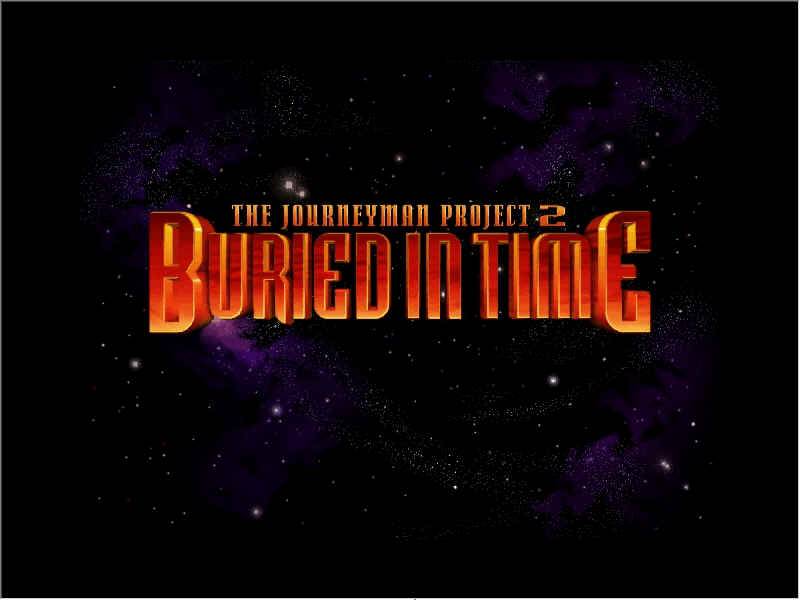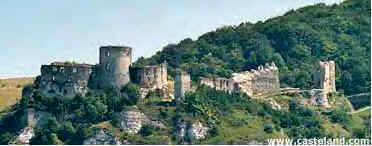Military History in Gaming: Chateau Gaillard
Wargaming, in all its glory, today encompasses a variety of mediums, from tabletop to cyberspace. Each medium puts forth a certain degree of historical instruction, aside from (hopefully) being very fun to play. However, it is on the computer where games and military history achieve their best merits, in that here is where the best of both worlds currently have a vast majority of the attention of all those interested.
Wargames take full advantage of the power of computer gaming, as excellently illustrated in Brian King’s article, Wargaming: A Unique Way to Experience Military History. King explains in his piece how "wargaming lets you explore every nook and cranny of possibilities in a reconstructed virtual world, and gives you access to one of the most important questions in history; "What if?" By using the highly acclaimed The Operational Art of War computer game as his example, King used it and its’ scenario editor to show how "wargaming allows us to interact with military history in a very real way."
{default}In this article, and those that follow, I’ll show examples of how the study of war and computer gaming have been linked in the past and present, what information was provided, and how factual that information is. I’ll also include other military historical data closely tied in with the example given, showing the depth of learning potentially gained. Ideally, I’ll refute what many mothers used to say (and probably are still saying) to us when we were younger: "You’ll never learn anything playing games all the time."

The Journeyman Project: Buried In Time was released for the Windows 95 operating system by Sanctuary Woods and Presto Studios way back in 1995. The game, the second of a three-game Myst – style adventure series, deals with the subject of time travel, which is an excellent hook into history. It mixes history with science fiction, thereby enticing a much larger playing audience than either subject alone. It has a built-in teacher, Arthur, an AI being a player can acquire early in the game who becomes an invaluable resource. Even though it’s very dated by today’s computer gaming standards in every respect (graphics, sound, action, and more), it is still a very good model by which to gauge what can be accomplished when combining PC gaming and history. Finally, it’s interactive, allowing a player to see, hear, and move about a historical cyber-environment.
In the game, players take on the role of Gage Blackwood, and must travel to specific time periods and gather clues to find out who is trying to frame him for a crime, and why. Eras and places visited in the game include a space laboratory in 2247 A.D., the studio of Leonardo DaVinci in 1488 A.D., and an Aztec temple in Chichen Itza in 1050 A.D. Players will also jump to another historical moment in time in the year 1204 A.D., a military historical event which will be the case study for this essay: Chateau Gaillard.

Chateau Gaillard as it looks today.
Following is the brief for the Chateau Gaillard mission in the game:
Throughout his reign as King of England, Richard I battled with Philip Augustus to maintain Angevin rule over territories in northern France. To oversee and defend many of these territories, Richard the Lion-Heart quickly erected Chateau Gaillard in the Les Andelys mountains of Normandy. For years, Philip sought to restore the state of his empire. After Richard’s death, he got his chance. Having been financially crippled by Richard’s exploits, England could do little to hold him off. Territory after territory was retaken by Philip. Though it was thought to be impregnable, Chateau Gaillard capitulated to the French on the 6th of March, 1204, after a brief six-month siege. A failed relief effort by King John is thought to have played a role in the fall of the castle. However, exactly why it succumbed so quickly is still a matter of some controversy. You are to travel to Chateau Gaillard to witness the final day of the siege and to document how Philip’s troops gained entry into the castle.
For the unitiated, there is a lot of military history wrapped up in this short brief, and is quite a good starting point leading to a number of military historical subjects. Serious military history students will know all the information provided in the brief to be common knowledge, and may already know the answer to Chateau Gaillard’s quick fall. First, we’ll take a brief look at the people mentioned here, before getting into Gaillard’s historical prominence.


Awesome article! Thanks for giving such a thorough and interesting insight into the history of gaming and gaming history! Keep up the great stuff, this is exactly why I keep coming back to Armchair General!